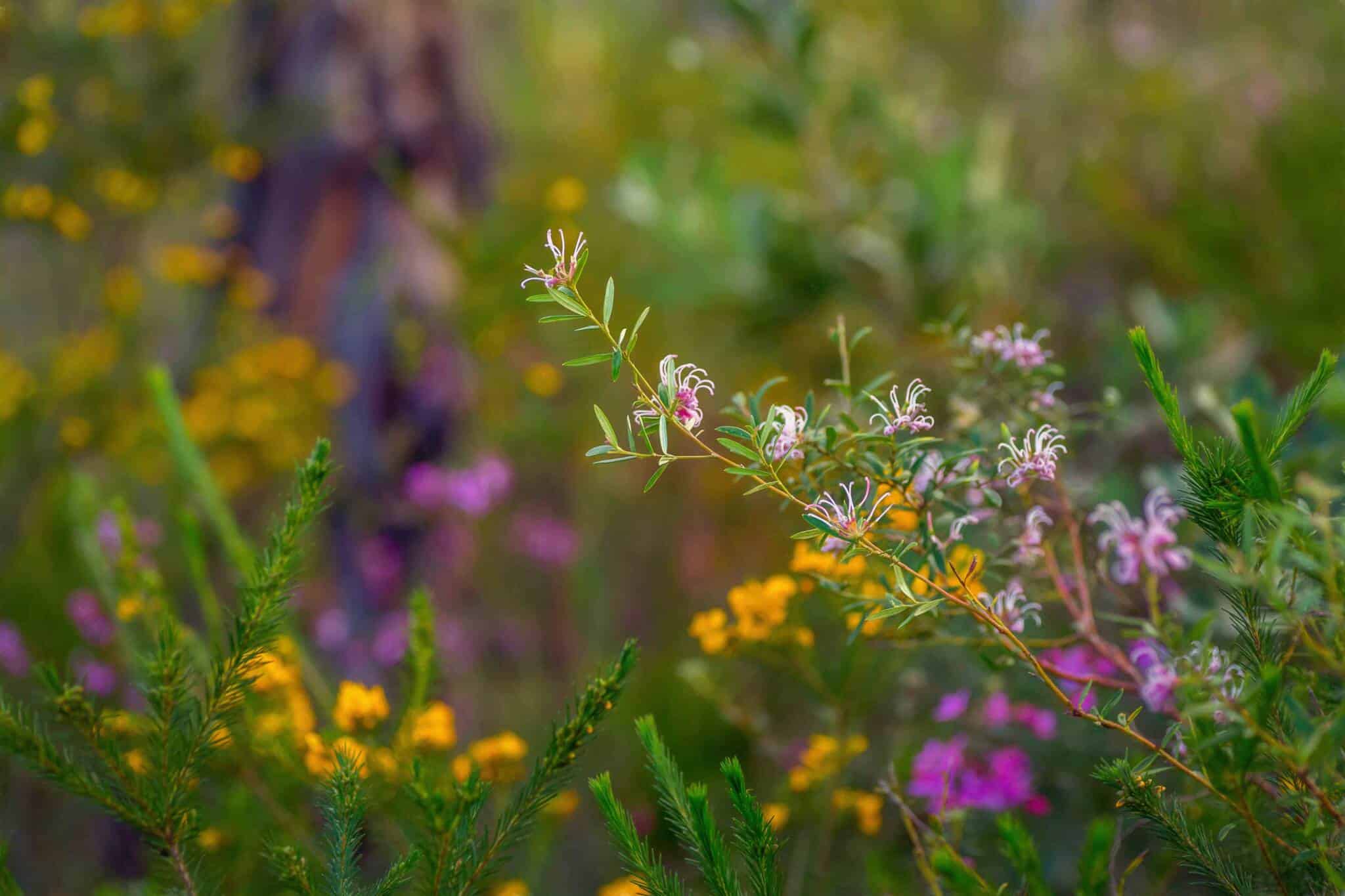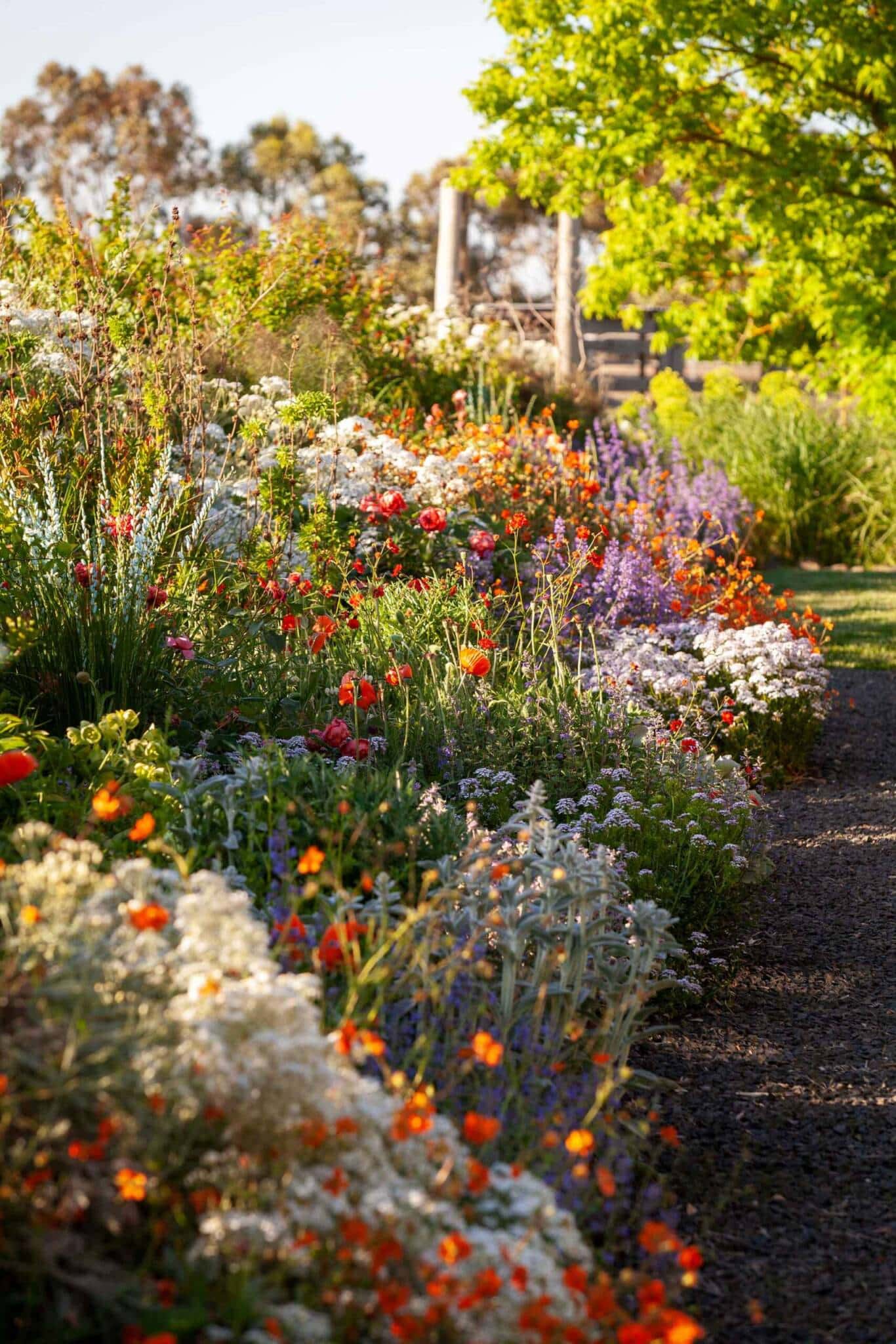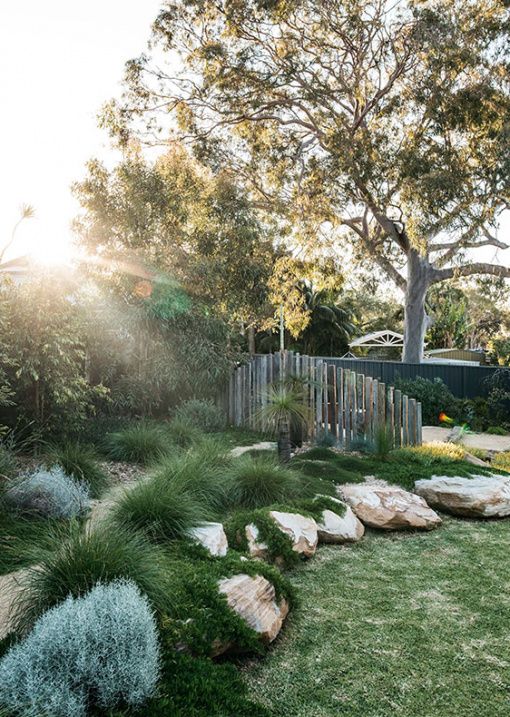Walking around my neighbourhood, I see remnants of what once was.
Towering eucalypts stand tall along the periphery of parks. Clustered beneath these giants, sturdy, shrubby Banksias with their distinctive bottlebrush-like flowers grow alongside clumps of Grevilleas with spidery blooms in shades of red and yellow. Alongside Mount Morgan wattles, with their silvery foliage and clusters of bright yellow flowers, adding a splash of sunshine in the cooler months.
But far more common in my neighbourhood are gardens brimming with introduced species, ornamentals that are lovely to look at but fall short in nurturing our local ecosystems.
The reality is the pressures of urbanisation and land clearing have drastically altered many of our native habitats. As we pave and build, we’ve lost sight of the unique flora and fauna that define our natural environment.

Fortunately, there’s a growing movement in Australia driven by passionate home gardeners embracing the power of rewilding—transforming ordinary backyards and urban spaces into thriving ecosystems that support local wildlife. Planting natives and endemic species to help recover what once was and rewild our suburbs.
Native vs endemic vs Indigenous
What makes a plant native, or more specifically endemic?
While a plant might be native to Australia, it doesn’t necessarily mean it will thrive in your particular garden. Each state, and even different areas within states, have their own unique environmental conditions. So, it’s important to understand the difference between native, indigenous, and endemic plants.
Native plants are species that naturally occur in Australia but may not be well-suited to your specific location. Indigenous plants, however, are native to your local area, having evolved to perfectly match the local climate, soil, and conditions.
Endemic plants take this a step further, being found only in your particular region, such as coastal heathlands, arid interiors, or cool and temperate zones.
If you’re ready to start rewilding your backyard or balcony, here are five reasons why planting Australian natives indigenous to your area is an excellent idea.


Images left: Native flower garden via Homes to Love. Right: Native garden design by Fig Landscapes via The Design Files
Reason to Plant Natives
1. They’re made for it
Australian native plants are uniquely adapted to the local soil, climate, and ecological conditions, making them exceptionally resilient and well-suited to thrive with minimal intervention. They have evolved over hundreds of thousands of years to withstand Australia’s varied and often harsh environments.
2. They’re water-wise
Native plants are naturally water-efficient, having adapted to the often harsh conditions of our landscape.
Many Australian natives have developed adaptations such as waxy leaves, which reduce water loss, or the ability to store water in their roots and stems, many growing deep root systems that allow them to access water well below the soil surface, making them incredibly resilient during dry spells. This also means you can have a lush garden without the constant worry about watering restrictions.
3. They support local wildlife
One of the most rewarding aspects of planting natives is the way it transforms your garden into a haven for local wildlife.
Native birds, insects, and other animals are naturally attracted to the plants they’ve evolved alongside. Sadly, Australia currently ranks fourth worst in the world for land clearing and has among the worst species extinction rates globally. As urbanisation continues to impact natural habitats, home gardeners have an opportunity to turn backyards into living ecosystems supporting wildlife.
4. They’re low-maintenance
If you’re like me and prefer your gardening to be more about enjoyment than effort, natives are what you need in your garden. Once they’re settled in, native plants need minimal maintenance.
Because they’re perfectly adapted to the local soil and climate conditions, they’re more resistant to pests and diseases, reducing the need for chemical interventions. A bit of pruning here and there, some occasional watering during extended dry spells, and your garden will look after itself. This means you can spend more time enjoying your garden and less time working in it.
5. They showcase natural beauty
There’s something deeply satisfying about cultivating a garden that reflects the natural beauty and heritage of your local area. We have some of the most unique and diverse flora in the world, with over 24,000 species and more being discovered each year.
These uniquely Australian plants can bring a sense of place and identity to your garden, a visual feast that tells the story of the country you live on. And more, creating a place for us to reconnect with nature and, in doing so, to help rediscover a part of ourselves often forgotten in the hustle of modern life.
With luck. Your native garden will inspire your neighbours to follow suit!


